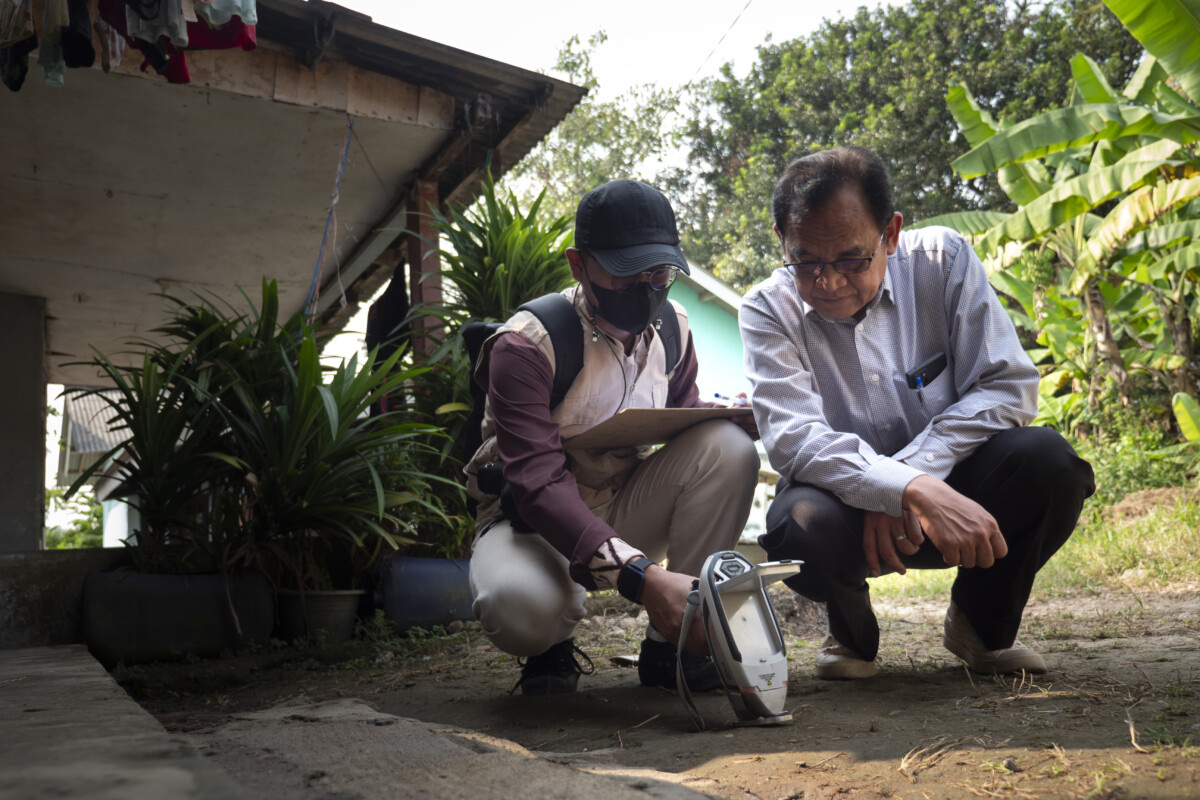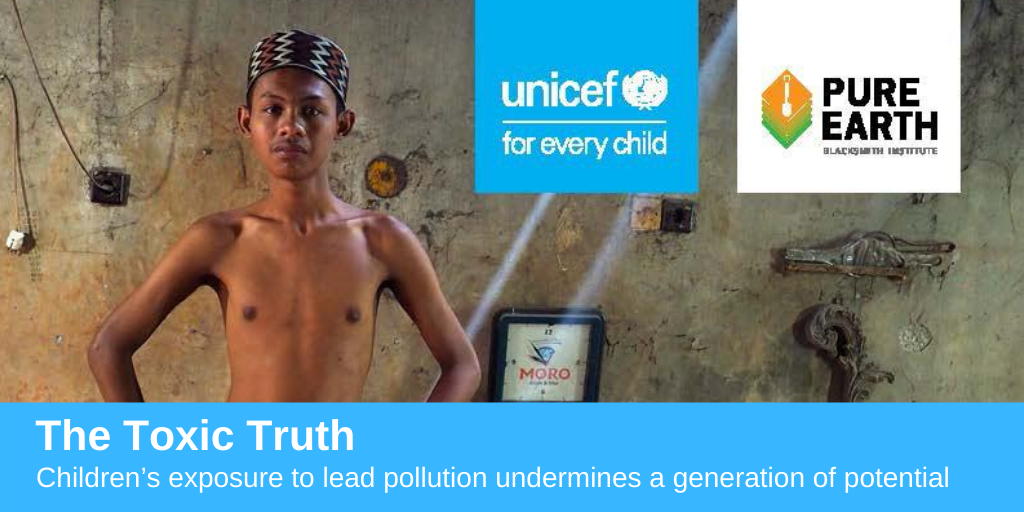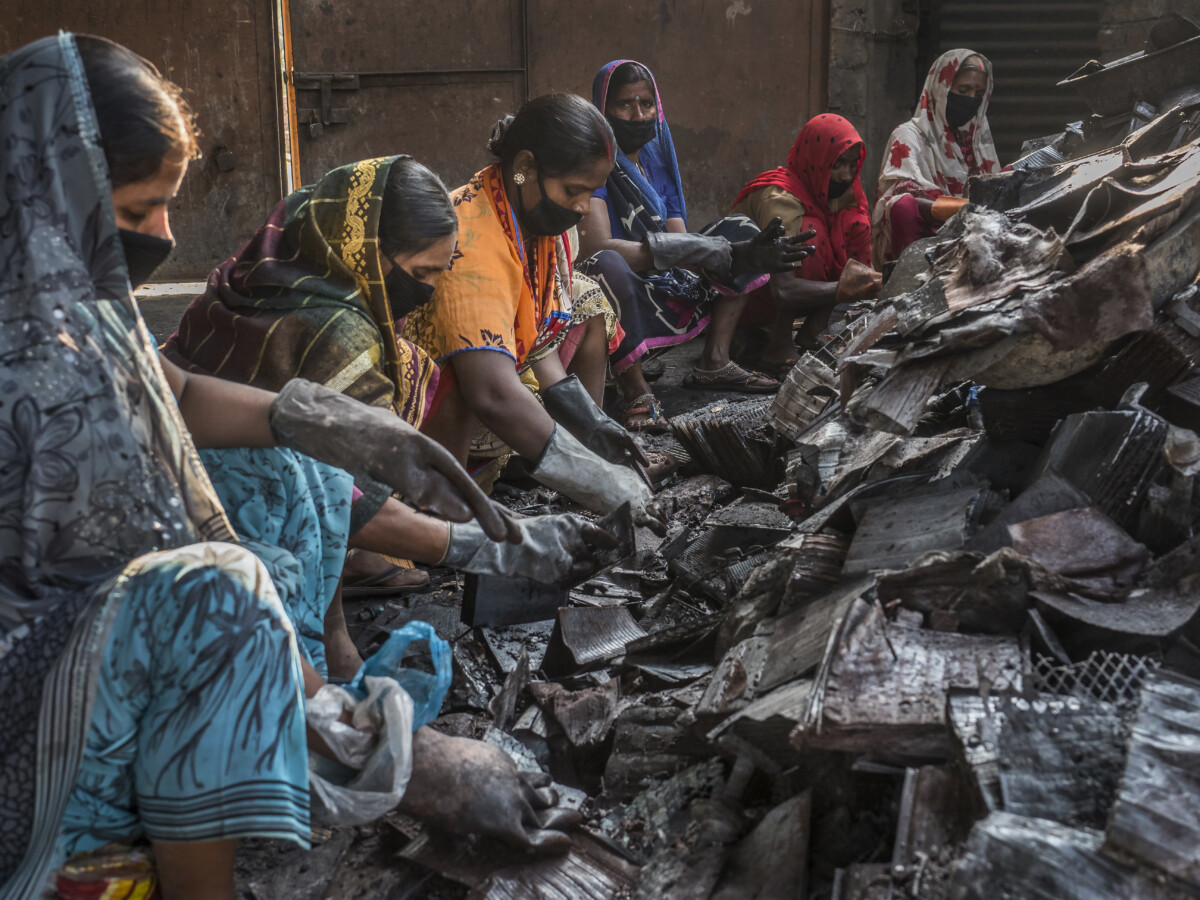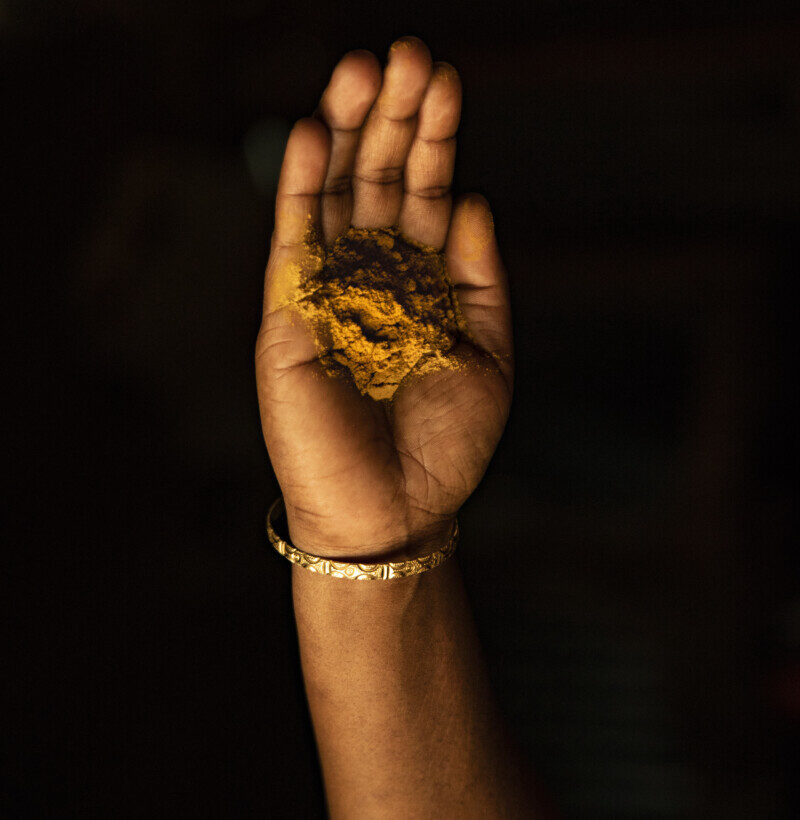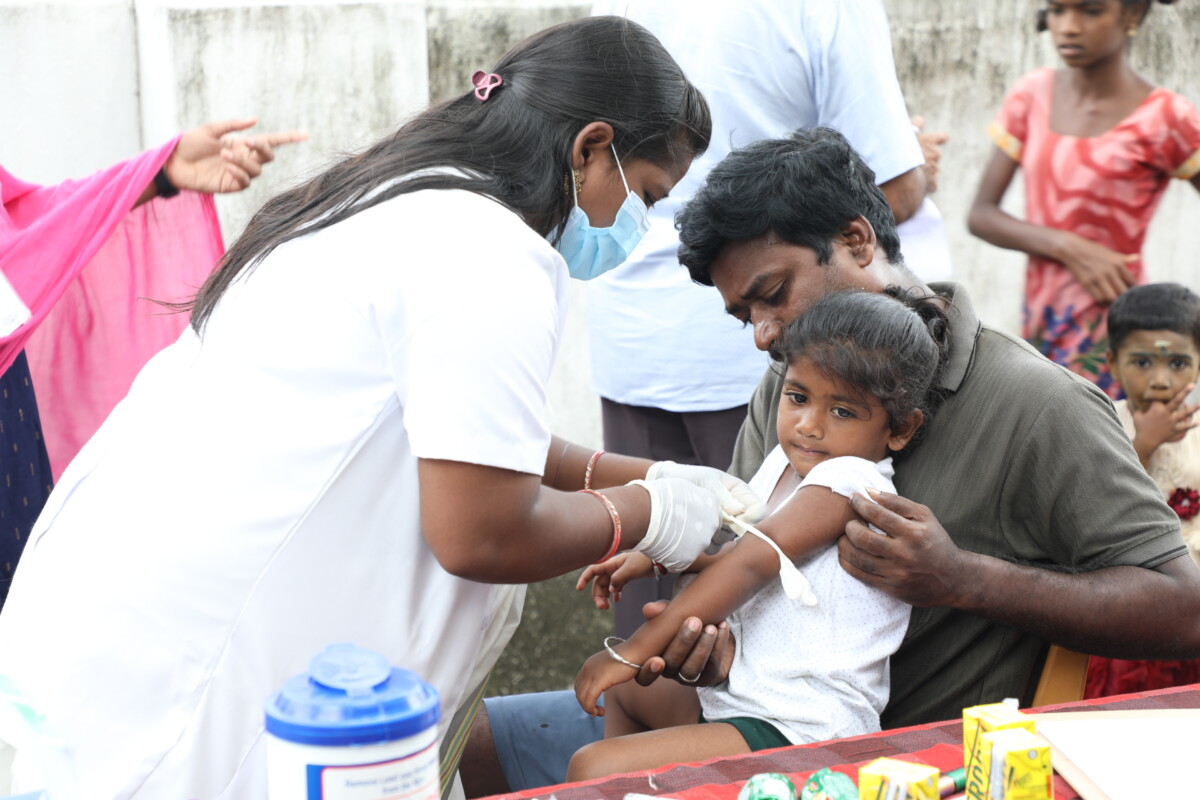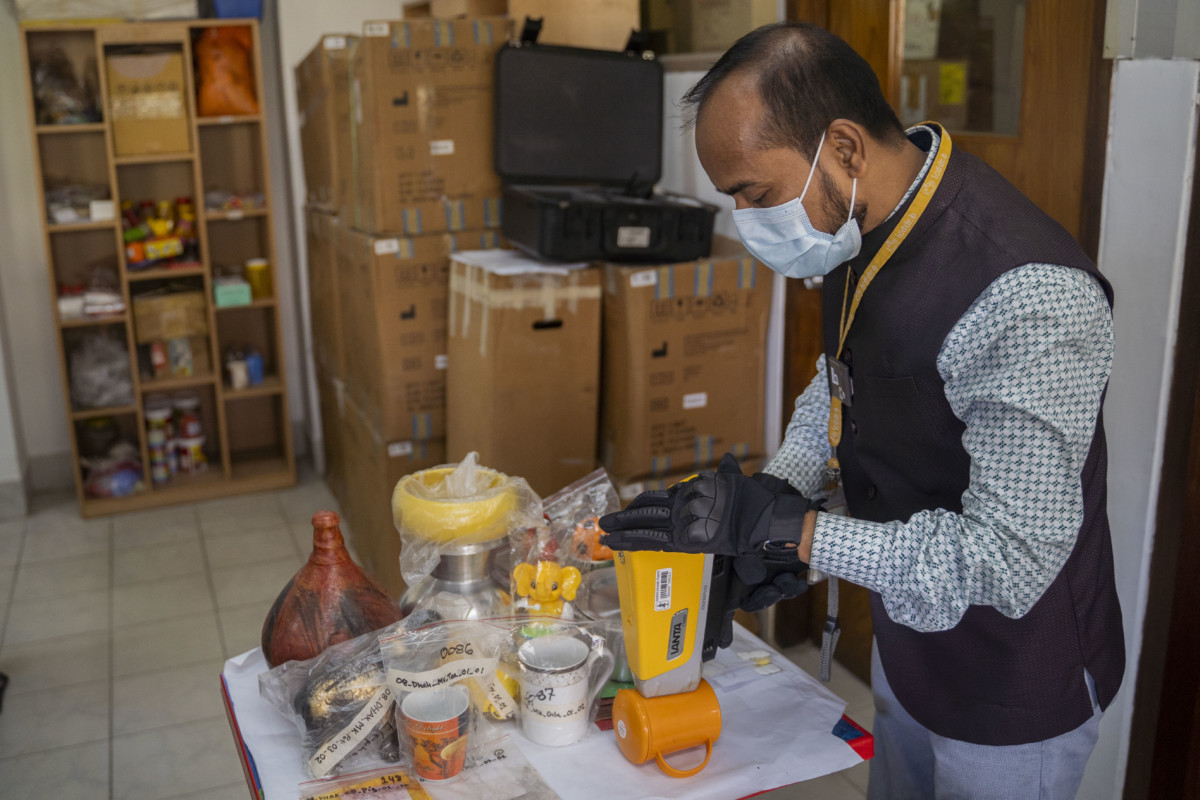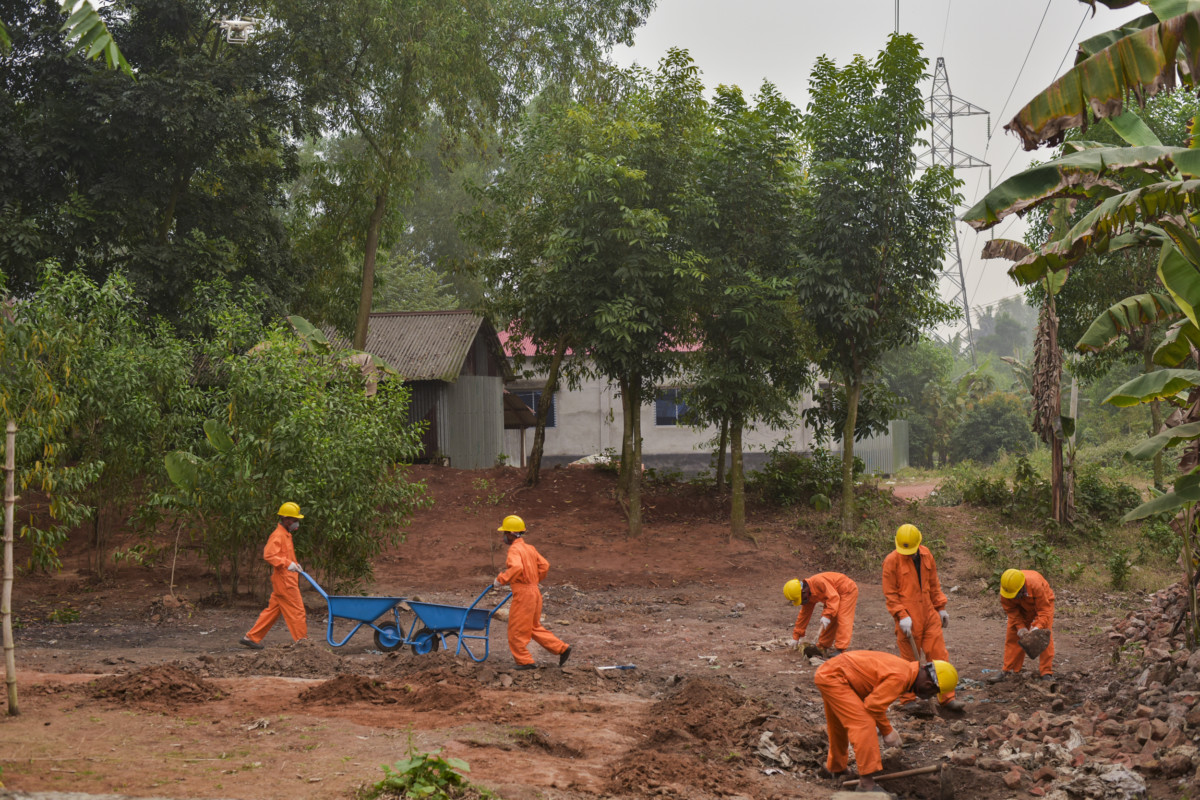Health and Societal Impacts
Lead is a cumulative toxicant that affects multiple body systems, including the neurological, hematological, gastrointestinal, cardiovascular and renal systems. According to the WHO, there is no known safe level of lead exposure. Relatively low levels of lead exposure that were previously considered ‘safe’ have been shown to damage children’s health and impair their cognitive development. Lead is a potent neurotoxin that, with even low-level exposure, is associated with brain damage, reduced IQ, decreased intelligence, learning difficulties, lower lifetime earnings, increased incidence of heart and kidney disease later in life, and increased tendency for violence. Children under the age of 5 years are at the greatest risk of suffering lifelong neurological, cognitive and physical damage and even death from lead poisoning. Older children and adults, as well, suffer severe consequences from prolonged exposure to lead in food, water and the air they breathe, including increased risk of cardiovascular death and kidney damage in later life.
An estimated 900,000 to 5.5 million deaths are caused by lead exposure each year. Children are particularly vulnerable to lead poisoning due to their smaller size and higher rates of lead absorption. In 2019, children under five years old worldwide lost 765 million IQ points from lead exposure. Those living in LMICs lost 729 million IQ points, an average loss of 5.9 IQ points per child.
In adults, lead exposure causes a significant burden of disease as well. In 2019, 5.5 million adults died from cardiovascular disease from lead exposure. About 90% of CVD deaths and 95% of IQ point loss due to lead exposure were in LMICs. Exposure to lead before and during pregnancy can also be extremely harmful. Lead stored in an expectant mother’s bones from her earliest exposures can be released during pregnancy. This increases blood lead levels and poses risks to both the mother and unborn children, including miscarriage, stillbirth, premature birth and low birth weight.
For more information on the health and societal impacts of lead, please see The Toxic Truth Report, Pure Earth and UNICEF (2020), Exposure to lead: a major public health concern, 3rd edition, The World Health Organization (2023), and the Integrated Science Assessment (ISA) for Lead, United States Environmental Protection Agency (2024).
Economic Impacts
The global financial cost of lead exposure is between US$977 billion (2013) and US$6 trillion (2019). US$6 trillion is equivalent to 7% of global GDP. According to the 2023 paper, Global health burden and cost of lead exposure in children and adults: a health impact and economic modelling analysis, in low- and middle-income countries (LMICs), these costs accounted for more than 10% of GDP, or twice as high as in high income countries (HICs). More than three-fourths of the economic cost (77%) was due to cardiovascular disease deaths and associated income loss from premature mortality; nearly one-fourth of the economic cost (23%) was due to estimates of lower future income caused by IQ loss.

